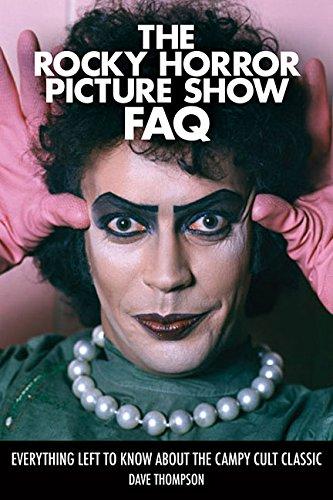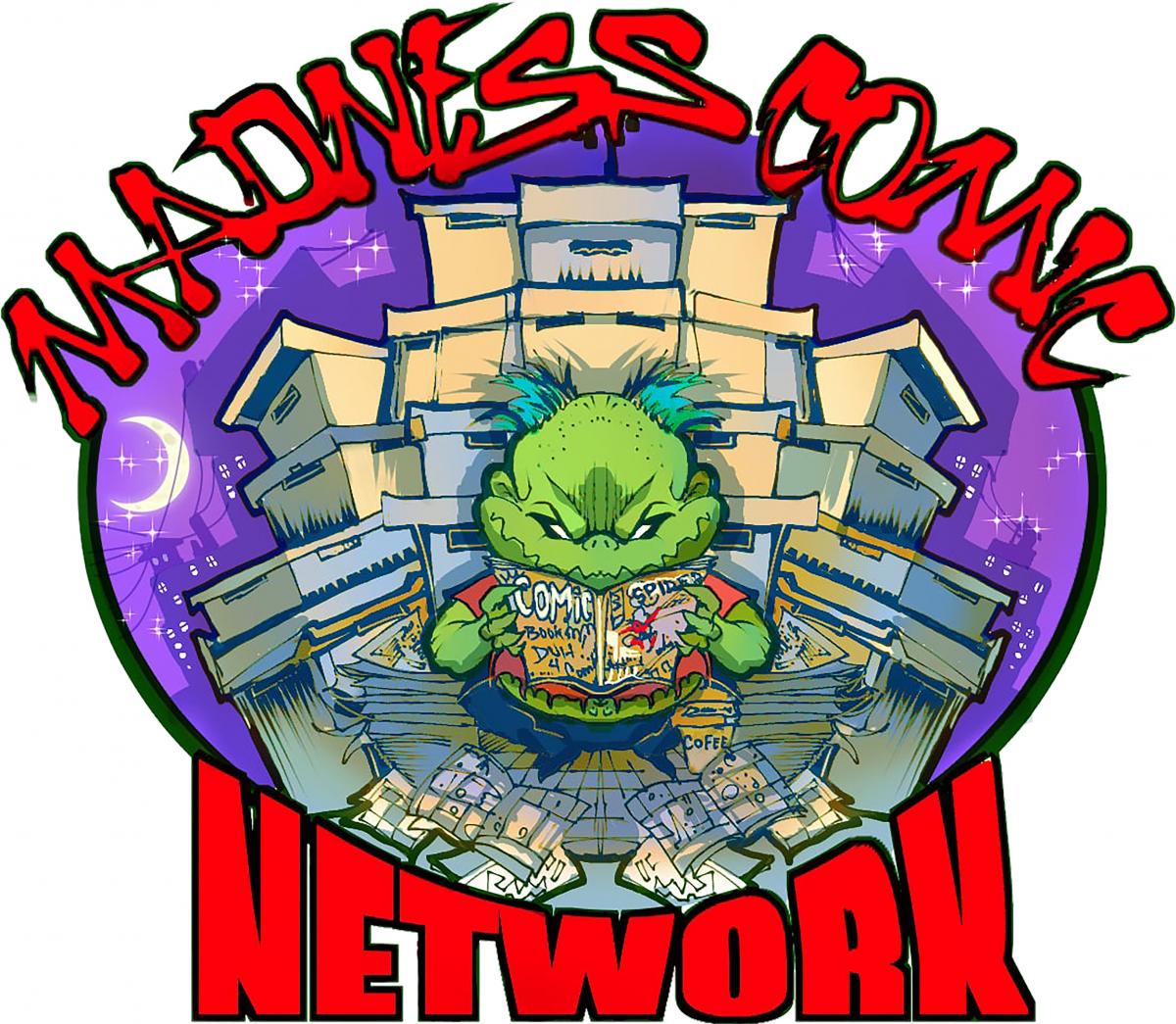You are here
Home › Books › Review of "The Rocky Horror Picture Show FAQ: Everything Left to Know About the Campy Cult Classic" ›Review of "The Rocky Horror Picture Show FAQ: Everything Left to Know About the Campy Cult Classic"
FTC Statement: Reviewers are frequently provided by the publisher/production company with a copy of the material being reviewed.The opinions published are solely those of the respective reviewers and may not reflect the opinions of CriticalBlast.com or its management.
As an Amazon Associate, we earn from qualifying purchases. (This is a legal requirement, as apparently some sites advertise for Amazon for free. Yes, that's sarcasm.)

Michael Rennie was ill
The Day the Earth Stood Still
But he told us where we stand
And Flash Gordon was there
In silver underwear…
The Rocky Horror Picture Show FAQ: Everything Left to Know About the Campy Cult Classic by Dave Thompson
Published by Applause Theatre and Cinema Books
Cover Price: $19.99
I’ve been a fan of the ROCKY HORROR PICTURE SHOW for as long as I can remember. Before our kids were born, we would do an annual Halloween showing at my house for friends and family. When they did the revival on Broadway in 2000, we had tickets for the opening night of previews and we also saw it on it’s last week too. With the cost of Broadway tickets, there are very few shows I even consider seeing…much less going to see them more than once, but ROCKY HORROR was totally worth it. My wife and I also make it a point to request they play the Time Warp at pretty much any social event we attend that takes requests. So, when I got the opportunity to review Dave Thompson’s ROCKY HORROR PICTURE SHOW FAQ, I jumped (to the left) at the chance.
It is important to know what this book is, and what it isn’t. It is a VERY well researched history of Rocky Horror. BUT, despite the fact it’s called “THE ROCKY HORROR PICTURE SHOW FAQ” it spends far more time talking about the various versions of the play, not the movie. The movie does get covered, but it almost feels like an afterthought. If you are looking for the history of the yell-back quotes and props the movie inspires, that only gets covered in passing here.
This book does provide a ton of context for where Rocky Horror came from. Right from the opening, it’s clear that Thompson does understand Rocky Horror pretty well:
“The eel,” says author James Proesk… “is not an easy fish to love. It does not have the beauty if the trout or the colors of the sunfish.” Very much the same thing can be said for The Rocky Horror Show. It is not an easy production to love. It does not have the beauty of Cabaret or the colors of Cats; it does not have the melody of South Pacific or the style of Chicago.”
Reading this book, I learned a lot about British theater. Apparently, until 1968, all plays in Britain had to be approved by a representative of the crown. This meant that any kind of questionable content was banned. Once that ban was lifted, you started to see all kinds of sexual exploration in the British stage, which was the perfect place for Richard O’Brien to come up with Rocky Horror. There was also a strong bias against homosexuality in Britain at the time, which further gave rise to the many unique themes in Rocky Horror. The opening chapters of these book are actually the best part of this book as it gave me a far greater understanding of the movie and play than ever before.
More often than not, this book reads like a very dry history. It’s great knowing all the plays and movies that Patricia Quinn has done before and after Rocky Horror, but I would have rather heard a little more about the behind the scenes story. Reading this book, you would think the production of the various Rocky Horrors were pretty dull and uneventful. You don’t get a lot of deep insider stories. It’s just very straight forward, and it could have used a lot more flavor. There are some great stories, like Meat Loaf running out from the Los Angeles casting call when he realized “it’s a drag show!” but it just feels like there could have been a lot more.
I also think that it goes way too much into the various Rocky Horror Shows that have been around the world without giving enough context to how these shows were impacted by social norms there. I was very interested when they talked about a Venezulan version that the theater got firebombed because the government was afraid it would lead to some kind of popular uprising. But unfortunately, you only get some glimpses of these kinds of reactions.
I also loved towards the end when they are talking about Richard O’ Brien’s strained relationship with New Zealand:
“He has been honored in the city of Hamilton, New Zealand, with a statue of Riff-Raff perchec proudly on the site of the old Embassy Cinema, where once he whiled away teenage afternoons, watching the B-movies that would inspire his greatest creation – although the tribure became laced with a great deal of irony in 2010, when O’Brien finally applied for New Zealand citizenship.
He was refused on the grounds of being too old…the authorities did eventually recant…They erected a statue of him, and celebrated him as one of New Zealand’s most beloved sons – and then told him he was too old to actually become one.”
At times the writer tries to draw some real odd false comparisons. He spends a few pages talking about the strong connection between Doctor Who and Rocky Horror, and it comes off as a real stretch. A handful of actors who appeared in small roles in one or the other. The only one of any real distinction was Nicholas Courtney who played the Narrator in a German production of Rocky Horror and is best known for playing Brigadier Lethbridge-Stewart in Doctor Who for over 100 episodes. Though the book did point me to this brilliant video:
The book also talks about how people never really claimed to be afraid of clowns until Tim Curry played Pennyworth in IT. After that it became “chiq” to be afraid of clowns. I call total bullshit on that. I’ve been uncomfortable around clowns and the circus for as long as I can remember.
All in all, I did think this was a pretty informative read. I was real surprised to find out that Russell Crowe got his start in Rocky Horror, apparently even playing Dr. Frank-N-Furter a few times. I wish some video existed of that! Also that Barry Bostwick once was part of a clown-based pop group called The Klowns. There were even several Rocky Horror porn parodies over the year that Thompson discusses in passing. To me, that is where this book is at its best. Shining lights on the more quirky aspects of Rocky Horror.
But, too often this book is just full of facts and lists. I’m also not sure how appealing it will be to casual Rocky Horror fans…and the extreme fans likely know all of this. It’s an informative read, but at times, real light on entertainment, which is pretty much the exact opposite of what Rocky Horror is all about.


